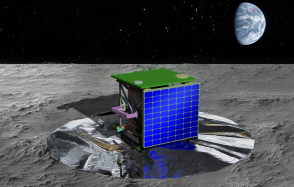“Jerk”, a promising new method for early warning of volcanic eruptions
Forecasting volcanic eruptions in time to alert authorities and populations remains a major global challenge. In a study published in Nature Communications, researchers and engineers from the Institut de Physique du Globe de Paris (IPGP) and the GFZ Helmholtz Centre for Geosciences present a new detection method, called “Jerk,” capable of identifying, in real time, very early precursor signals of volcanic eruptions using a single seismological instrument.

© A. Peltier / OVPF-IPGP, 2015
Publication date: 19/12/2025
Research
Related observatories : Volcanological Observatory of Piton de la Fournaise (OVPF-IPGP)
Related teams :
Volcanic Systems








